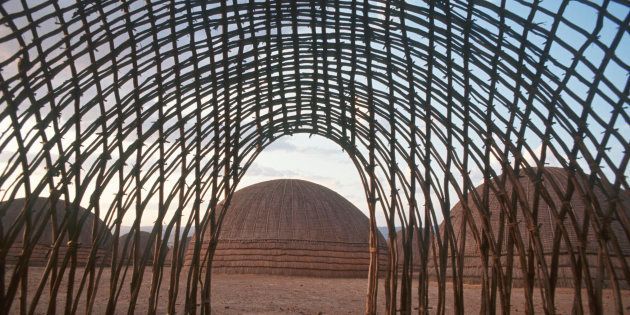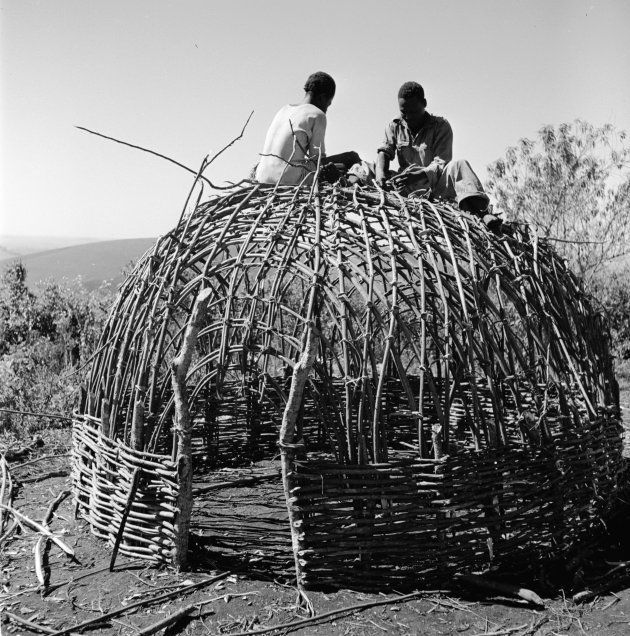
Can you tell the difference between a Brakdak and an Afdak, a Sekwere or a Caka? Do you know your Domba hut from your Zulu one? An Inqolobane from an Indlu yezikhali?
Give yourself a pat on the back if you do. Truly, you deserve it. However, don't worry too much if you can't, as there's a new English-isiZulu architectural dictionary, just published by UKZN Press, which contains more than 1200 entries of local architectural terms.
The Illustrated Glossary of Southern African Architecture Terms takes 40 years of architectural field research and condenses it into a simple reader. It not only translates Western architectural terminology into local dialects, it captures little-known details in lush drawings, and expands on many of the already extraordinary linguistic details of South Africa's rich architectural legacy.

Speaking to HuffPost SA, co-author Franco Frescura says the book came about 40 years ago when he was doing his Masters research. Much of the first-hand research Frescura was doing in Africa at the time could only be captured in local languages.
"I set out to study independent vernacular architecture in the 1970s, not realising that a multitude of readings and meanings would emerge out of it. As I explored, many of the people I met taught me how to read various aspects of rural architecture -- like where do you locate the kitchen, where do you place the wives in polygamous housing?" he says, "and then I realised the value of the research."
What then spurred on the book, which was co-produced with Joyce Myeza, has been the disappearance of so much of the material in his original studies.
"Everything before 1990 which I documented in the book has ceased to exist, partly through government efforts at housing, and the increase in ideas that vernacular architectures are 'uncivilised'. What happens is that you stop using the technology these vernaculars created, and then you lose the vocabulary as well.
"So it also goes way beyond architecture, or the built environment.

"The word 'inkatha', which you know from politics, is not just the name of a political party. It describes a sacred symbol in Zulu culture, but it also means the ring that holds the beams together at the top of a Zulu conical structure. It literally holds the architecture together. Inkatha, then, develops a number of shades and meanings that extend beyond the word."
But once we lose the word's multiple meanings, we lose an important element of our culture, says Frescura.
"So the book tries to show a common culture that we're developing in our country, a language built around the unity of South Africans."
